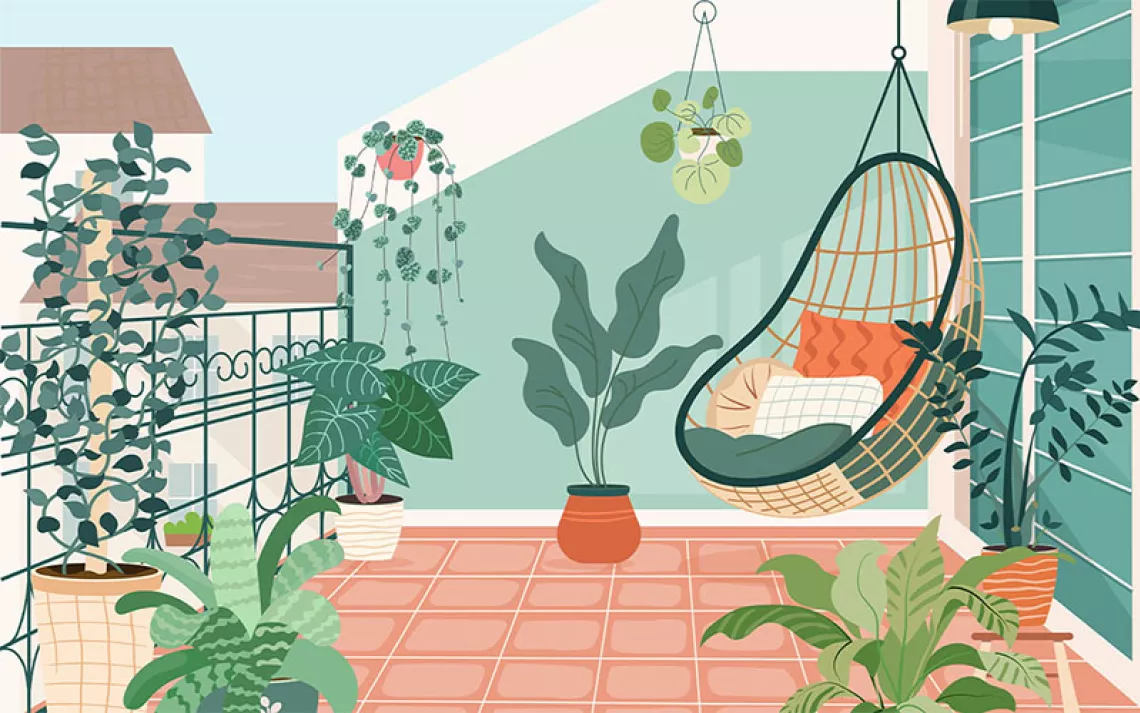Five Great Biodynamic Wines
We asked expert oenophiles to name their favorites

Photo by Lori Eanes
Chances are, even the most committed environmentalist you know can't define "biodynamic." Yes, it means organic—no chemicals or genetic modification allowed—but this esoteric farming method involves more than that. There's also a deep devotion to the soil's health (cover crops and compost preparations feature big), animal welfare, and the cycles of the moon—and don't even try calling your yield biodynamic unless you've set aside at least 10 percent of your farmland as a biodiversity preserve. So far, wine grapes are the most common crop to get this holistic treatment, so we asked a few oenophiles to name their favorite wines produced with biodynamic fruits.
Hugh Preece, the operating partner of Salt Creek Grille in Princeton, New Jersey, manages the restaurant's list of more than 75 wines. One of his favorites is BECKMEN VINEYARDS' 2013 Cuvee Le Bec. It's a Rhône blend, with 45 percent biodynamic syrah, and also incorporates grenache and mourvèdre grapes. "Drawn from the biodynamically farmed Purisima Mountain," Preece says, "Le Bec is juicy and fruit-forward, with rich aromas of berries, plum, clove, licorice, and even a hint of smoke. This balanced wine, with its deep finish and sweet tannins, is a surefire crowd-pleaser." Serve this offering from California's Santa Ynez Valley at a barbecue or with Chinese food. $25
Doug Bell is the global beverage buyer for Whole Foods, which has carried biodynamic wines longer than any other grocery chain. He recommends the 2014 Biodynamic Zinfandel from a woodsy winery in California's Mendocino County called FREY VINEYARDS. In 1980, Frey turned out America's first certified-organic wines. "This one is full of surprises," Bell says. "It has a deep-purple color with aromas of blackberry and fresh raspberry, balanced by roasted rosemary. You'll enjoy its black cherry and warm spice flavors, with hints of red-clay minerality. Pleasing tannins show in the finish." Try this big, brambly drink with simple fare like pizza and barbecue, or to highlight the flavors in roasted root vegetables. $20
Virginie Boone, a contributing editor for Wine Enthusiast, is a fan of Healdsburg, California's QUIVIRA VINEYARDS, which she describes as a "long-standing Dry Creek Valley producer, as known for its devotion to biodynamic farming principles as for its prowess with Rhône varieties." David Glancy, the founder of the San Francisco Wine School, goes for Quivira's 2014 Sauvignon Blanc, Fig Tree Vineyard. "It has the classic, fresh citrus notes of lemon and grapefruit," he says, "along with green olive, dried almond, and a hint of creamy richness to go with its crisp, mouthwatering acidity." The winery's food-pairing suggestions for this varietal: "briny oysters or a creamy goat cheese." $24
Christian Robert Gourdin, who trains wine experts at the Sommelier Society of America, is a fan of the small-time vintners in eastern France. "In the United States, they aren't go-to wines," he says. "However, they're definitely the darlings of the sommelier community." He especially likes the 2012 Riesling from DOMAINE ZIND-HUMBRECHT. It's a classic dry white, he explains, "with a floral nose of fruits—peaches, green apple—and white flowers. On the palate, a clean, crisp expression of these fruits and flowers includes a vibrant sense of minerality, with a medium-to-long finish." The joy of drinking a wine with such terroir, he adds, is the sense of being "whisked away to the rocky hillsides of Alsace." This one is food-friendly, pairing perfectly with all sorts of flavors, from spicy to buttery. $24, marketviewliquor.com
Avital Andrews, Sierra's lifestyle editor, is also the author of Frommer's Napa & Sonoma Day by Day. When she reaches for a biodynamic wine, it's usually something red from BENZIGER, a family-owned vineyard in tiny Glen Ellen, California. (If you visit, take the tractor-drawn tour.) The berry-scented 2012 Sonoma County Cabernet Sauvignon blend—mostly cab but at least 10 percent merlot and malbec—is made from fastidiously farmed grapes. As Benziger's site says, "Vine canopies were carefully managed to protect the grapes from direct sunlight while the fruit was allowed an extended hang time to fully ripen." Dark and bold, this wine goes well with meats, spicy foods, and umami-rich mushrooms. $20
 The Magazine of The Sierra Club
The Magazine of The Sierra Club



